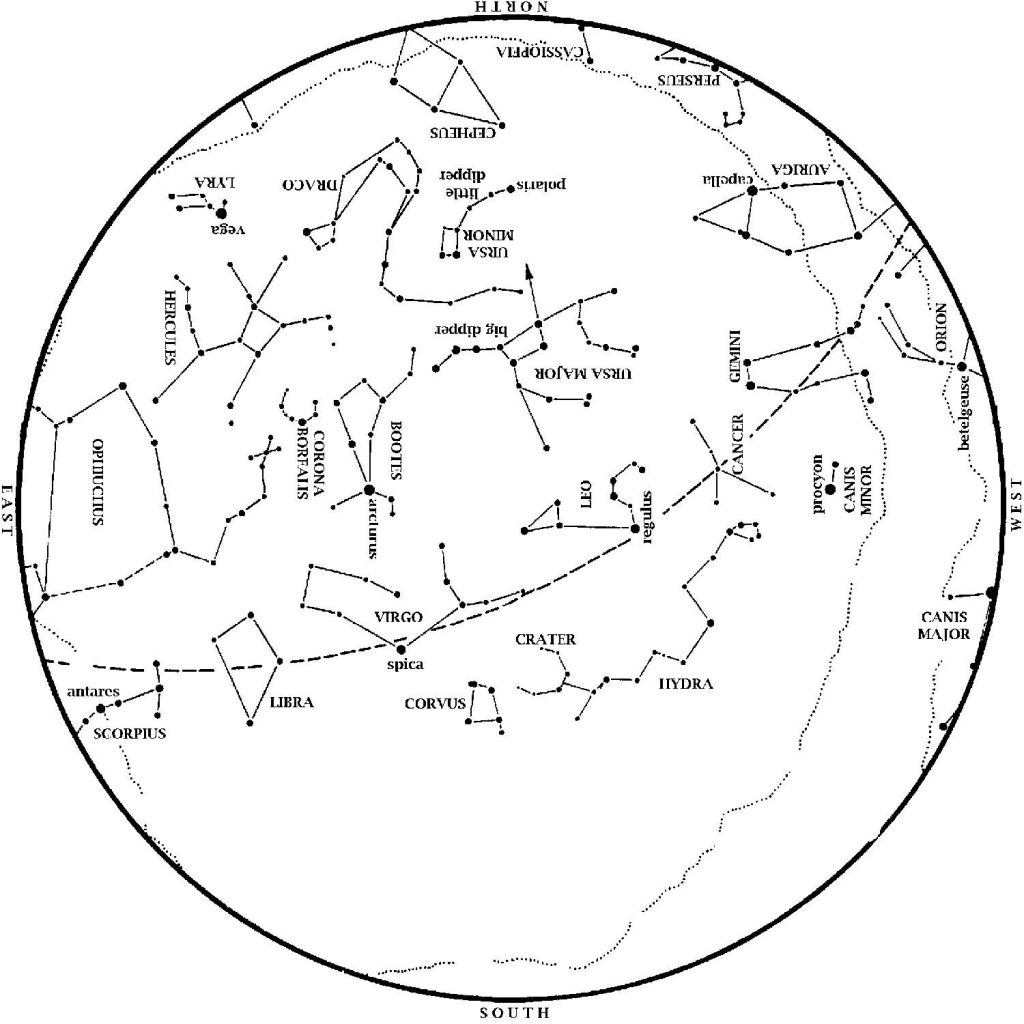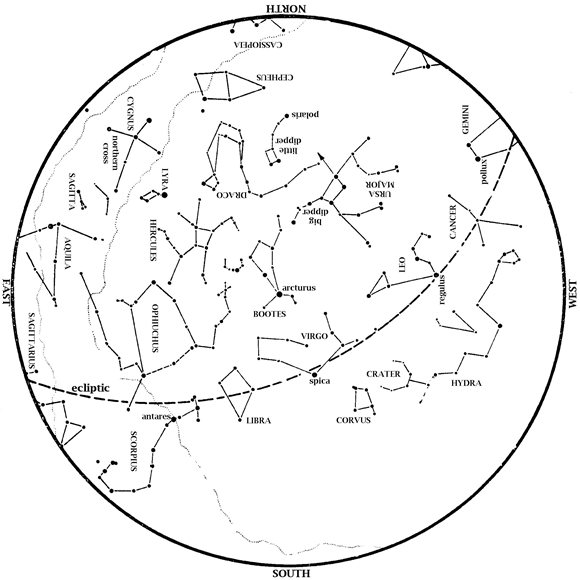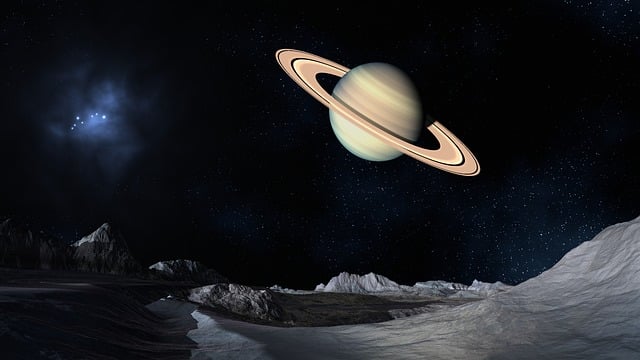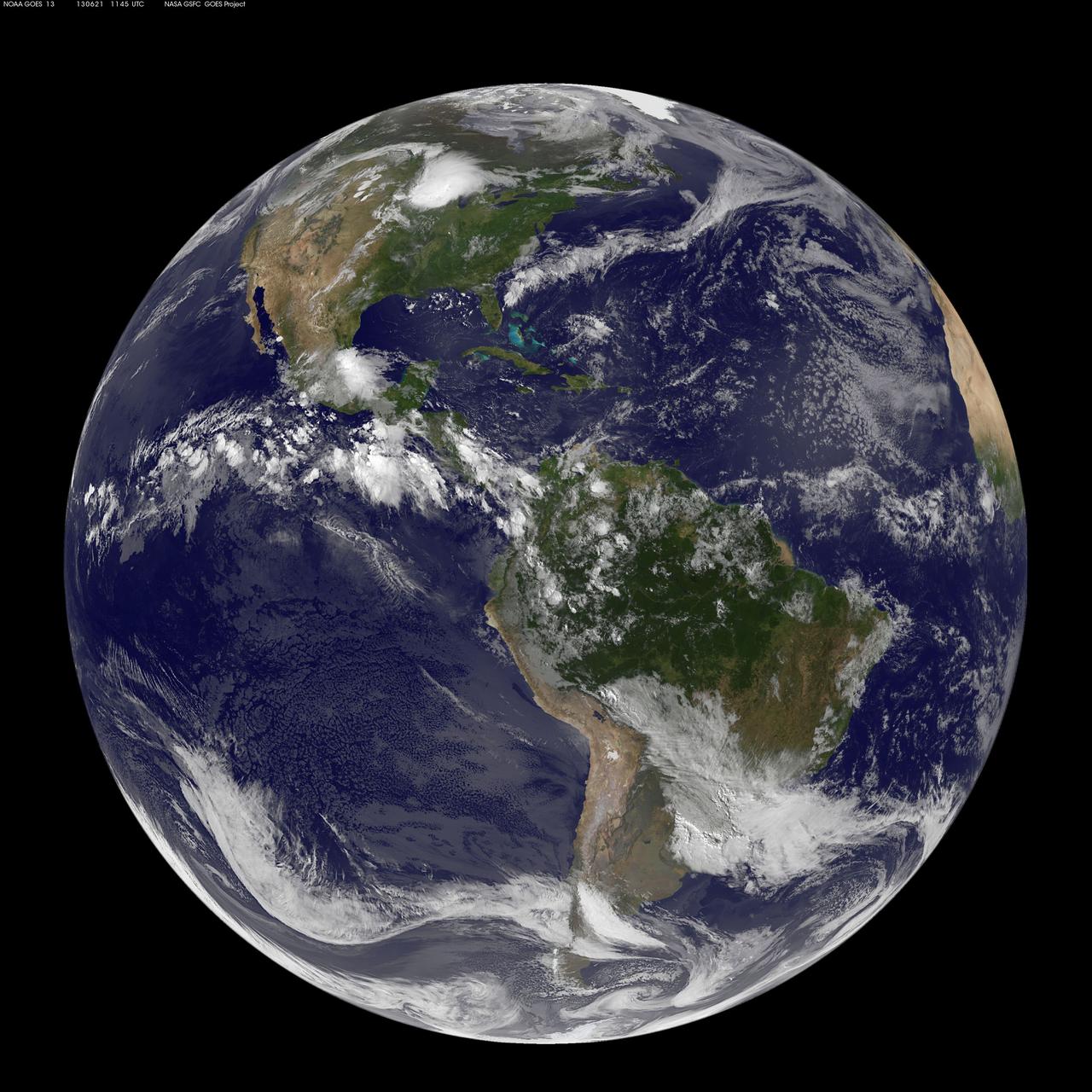This star map shows the Houston sky at 10 pm CDT on May 1, 9 pm CDT on May 15, and dusk on May 31. To use the map, put the direction you are facing at the bottom.
A swath of brilliant winter stars sets in the west at dusk. Orion, the Hunter, is still visible in the west as May begins. His two dogs, represented by Sirius and Procyon, are to his left. Gemini, the Twins, are above Orion. The Big Dipper is above the North Star, with its handle pointing to the right. From that handle, you can ‘arc to Arcturus’ and then ‘speed on to Spica’; those stars are high in the east and in the south, respectively, at dusk. Leo, the Lion, passes almost overhead at dusk.
As Orion and his dogs set, look for Antares, brightest star of Scorpius, the Scorpion, to rise in the southeast. At the same time, Vega, brightest star of the Summer Triangle, appears low in the northeast. These stars remind us that summer is on the way.
The Moon This Month
1st Quarter May 2, 9:46 pm Full May 10, 4:42 pm 3rd Quarter May 18, 7:32 pm New May 25, 2:44 pm
An Ex-PLANET-ory note on the Heavenly Bodies This Month
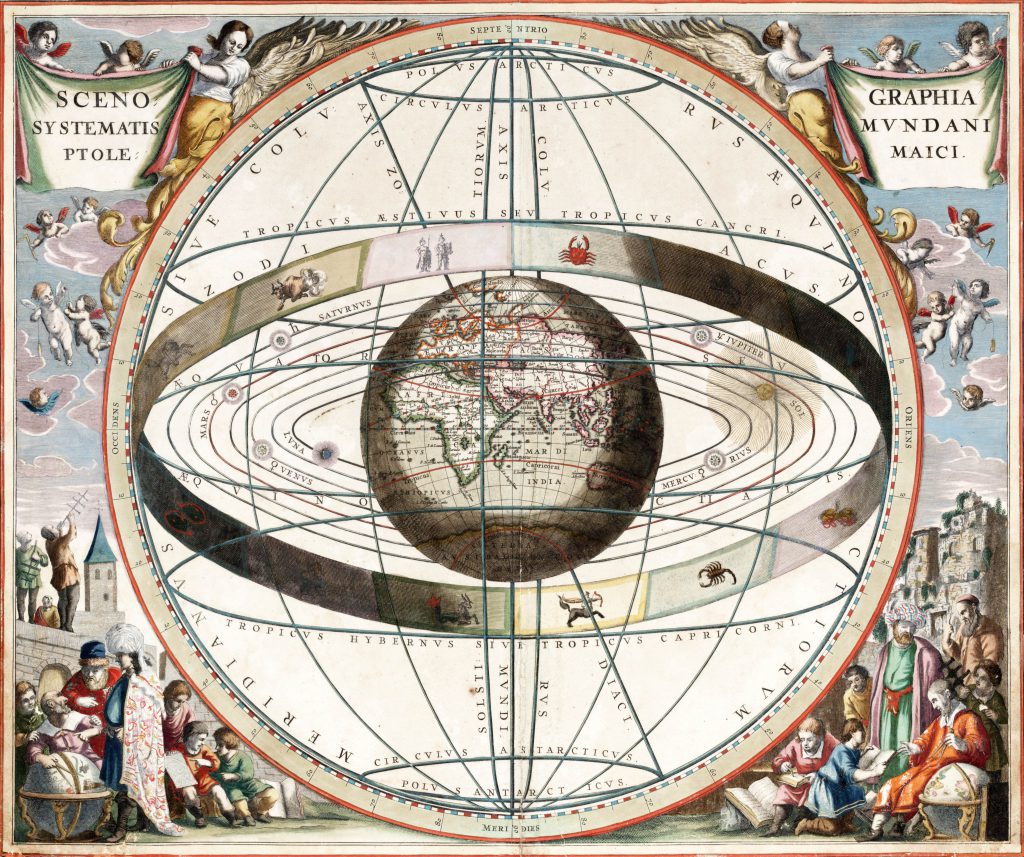
From Andreas Cellarius Harmonia Macrocosmica, 1660/61. Chart showing signs of the zodiac and the solar system with world at center
Mars is now really low in the west northwest at dusk; this is the last month to see it for some time. Mars continues to fade and get lower each night as Earth leaves it farther and farther behind.
Jupiter was up all night long last month, and is now well placed for evening viewing. Face southeast at sundown to see the King of Planets. Only the Sun, the Moon, and Venus outshine Jupiter.
Saturn is in the south southwest at dawn this month. Also, it is now a late evening object. Saturn rises at about 11:20 pm on May 1, but by the 31st it comes up by 9:20, which is in evening twilight. Next month, Saturn is up all night long.
Venus remains a brilliant morning star this month. Look in the east at dawn. Venus shifts northward each morning, and outshines everything in the sky except the Sun and the Moon.
On most clear Saturday nights at the George Observatory, you can hear me do live star tours on the observation deck with a green laser pointer. If you’re there, listen for my announcement.
Clear Skies!
Would you like email updates on current events in the sky, at the planetarium, and at George Observatory? If so, send an email to astroinfo@hmns.org.


